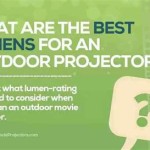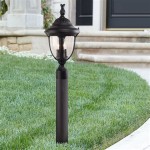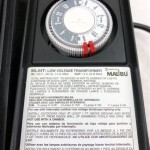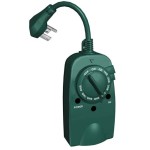What Is The Best Setting For Outdoor Photography
Outdoor photography is a great way to capture the beauty of the natural world. However, getting the perfect shot can be a challenge, especially if you're not sure what settings to use on your camera. In this article, we'll discuss the essential aspects of outdoor photography and provide you with some tips on how to choose the best settings for your camera.
1. Aperture
Aperture is the opening in your camera's lens that controls the amount of light that enters the camera. It is measured in f-stops, and the lower the f-stop, the wider the aperture. A wide aperture (e.g., f/2.8) will allow more light into the camera and create a shallow depth of field, which can be used to isolate your subject from the background.
A narrow aperture (e.g., f/16) will allow less light into the camera and create a deep depth of field, which can be used to keep everything in your scene in focus.
2. Shutter Speed
Shutter speed is the length of time that the shutter of your camera remains open when you take a photograph. It is measured in seconds, and the faster the shutter speed, the shorter the amount of time that the shutter remains open.
A fast shutter speed (e.g., 1/500 second) will freeze motion, while a slow shutter speed (e.g., 1/30 second) will create motion blur.
3. ISO
ISO is the sensitivity of your camera's sensor to light. It is measured in numbers, and the higher the ISO, the more sensitive the sensor is to light.
A low ISO (e.g., 100) will produce images with less noise, while a high ISO (e.g., 1600) will produce images with more noise.
4. White Balance
White balance is the camera's ability to adjust the color temperature of an image to make it look natural. It is measured in Kelvin (K), and the higher the Kelvin, the cooler the image will look.
The best white balance setting for outdoor photography will vary depending on the lighting conditions. However, a good starting point is to use the "daylight" setting.
5. Composition
Composition is the arrangement of the elements in your scene. It is an important aspect of photography that can make or break a photo.
There are many different composition techniques that you can use, but some common ones include the rule of thirds, leading lines, and framing.
Tips for Choosing the Best Settings for Outdoor Photography
Now that you know about the essential aspects of outdoor photography, here are some tips on how to choose the best settings for your camera:
- Start with the basics: The best way to learn about outdoor photography is to start with the basics. Get to know your camera and the different settings that it offers.
- Experiment: Once you know the basics, experiment with different settings to see what works best for you. There is no one-size-fits-all approach to outdoor photography, so don't be afraid to try different things.
- Use the light: The best time to take outdoor photographs is during the "golden hours," which are the hours around sunrise and sunset. This is when the light is at its softest and most flattering.
- Shoot in RAW: RAW is a file format that captures all of the data from the camera's sensor. This gives you more flexibility when editing your photos later on.
- Use a tripod: A tripod is a great way to stabilize your camera and prevent blurry photos. This is especially important when using a slow shutter speed.

Settings For Portraits Taken Indoors Outdoors

10 Settings And Equipment Tips For Portrait Photography

What Is The Best Setting For Outdoor Portraits With Examples Formed From Light

Settings For Portraits Taken Indoors Outdoors

Digital Photography Secrets Taking Great Outdoor Portraits For Dummies

Settings For Portraits Indoor Outdoor Group Photography Photoshoot

Settings For Portraits Taken Indoors Outdoors

Best Settings For Outdoor Portraits By B C

Landscape Sunsets Best Guide To Settings For Shooting Landscapes

On Flash Outdoors Tangents
Related Posts







